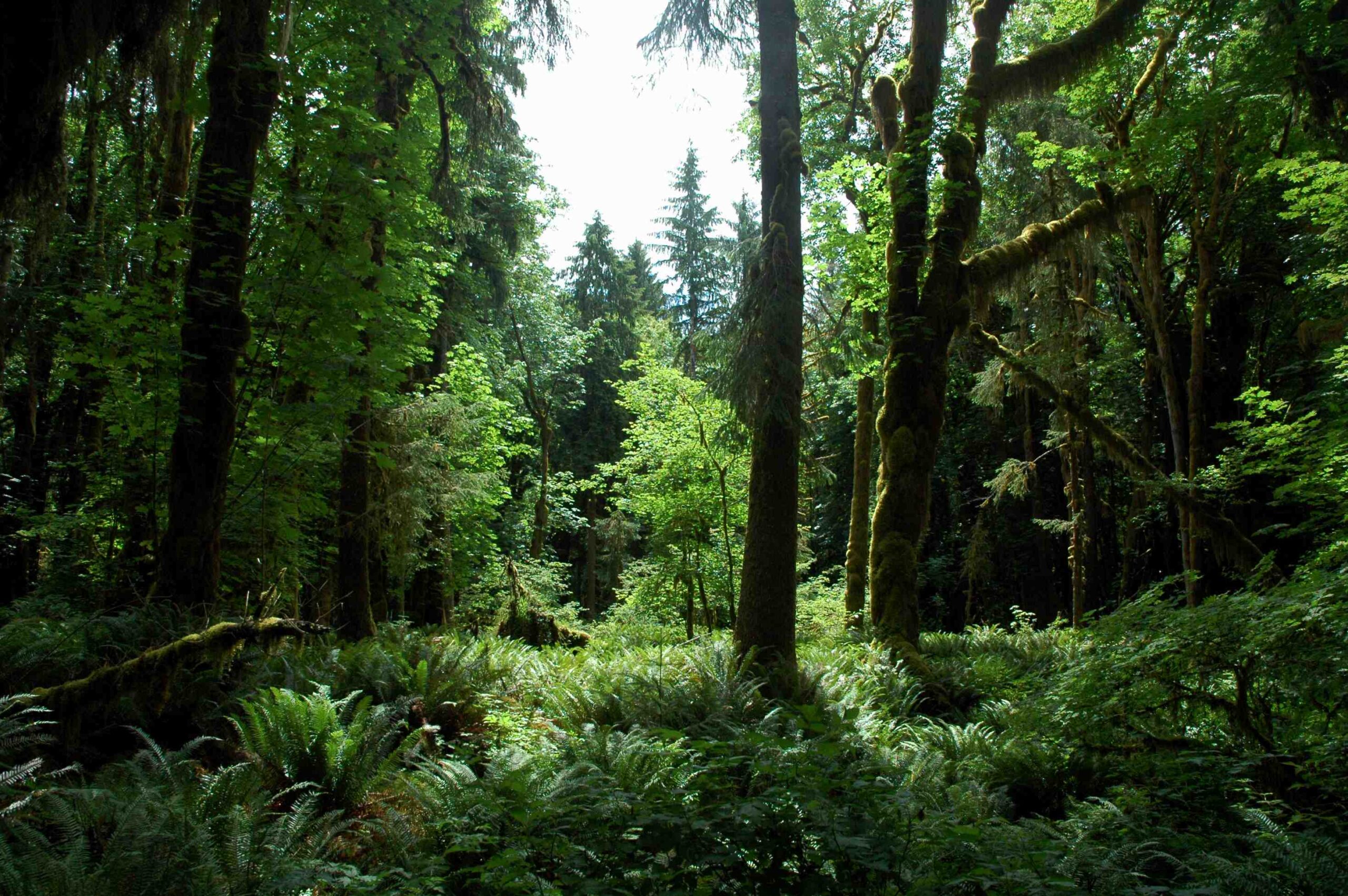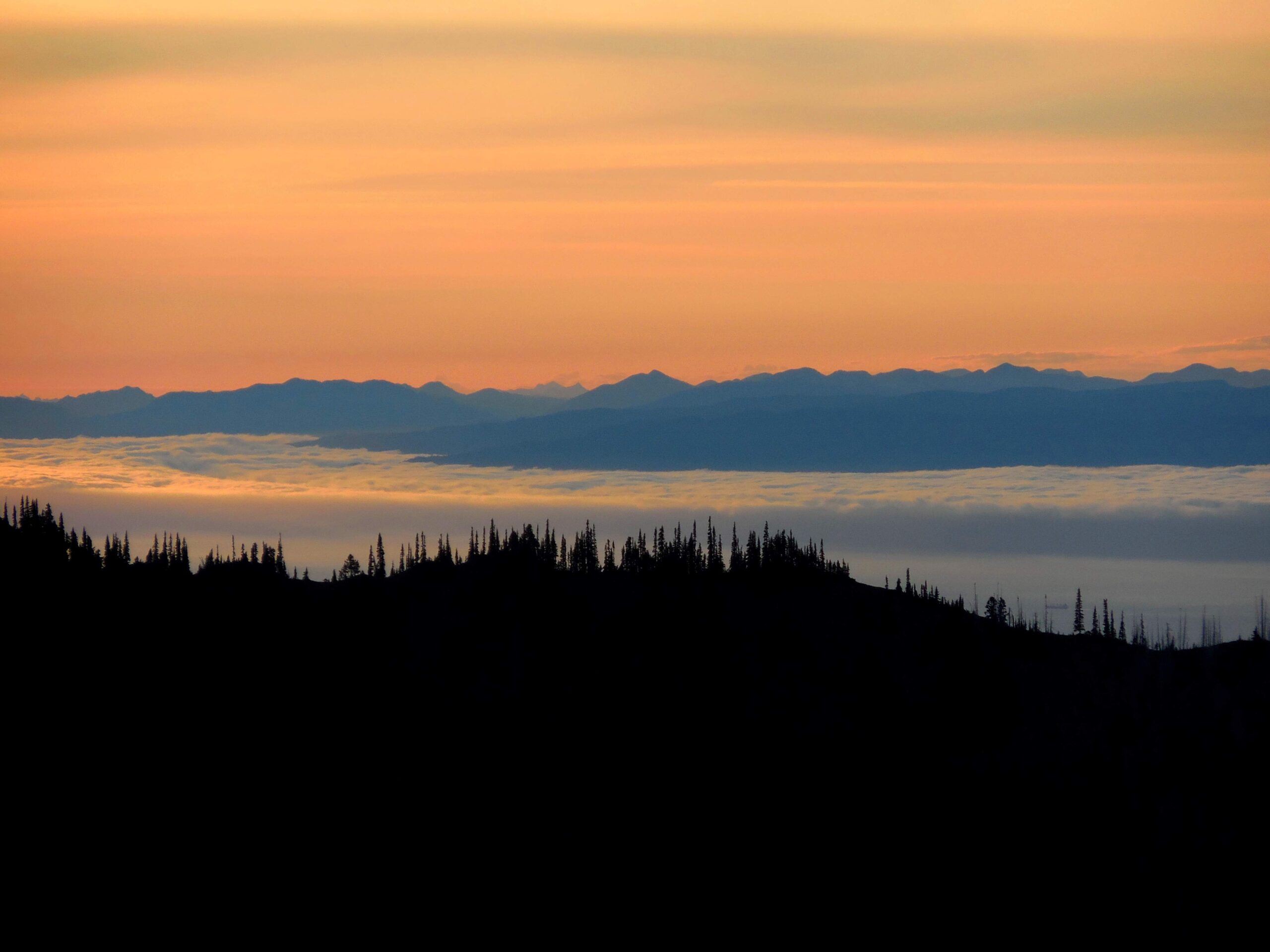Olympic National Park, with its diverse landscapes and challenging terrain, occasionally sees hikers becoming lost or stranded. While the park’s safety record is generally good, with only 52 deaths reported among over 51 million visitors between 2007 and 2023, the potential for getting lost remains a concern. This article explores the risks, safety measures, and rescue procedures for hikers in Olympic National Park, providing essential information for visitors to stay safe and prepared.
What Are the Statistics on Lost Hikers in Olympic National Park?

While specific statistics on lost hikers in Olympic National Park are not readily available, we can glean some insights from the overall safety data:
- Total visitors from 2007-2023: 51,316,597
- Reported deaths: 52
- Death rate: 1 per 1 million visits
These numbers suggest that Olympic National Park is relatively safe compared to other national parks. However, they don’t capture the full picture of hikers who become lost or require rescue. The park’s vast wilderness areas and varied terrain mean that even experienced hikers can face challenges.
What Essential Gear Should Hikers Carry?

To minimize the risk of getting lost or being unprepared for emergencies, hikers should carry the following essential gear:
- Sturdy hiking boots or shoes
- Waterproof clothing and layered attire
- Navigation tools (map, compass, GPS device)
- First aid kit
- Headlamp or flashlight
- Emergency shelter (e.g., lightweight blanket, emergency bivvy sack)
- Adequate food and water
- Water filtration system
Having these items can make a significant difference if a hiker becomes lost or faces unexpected conditions.
How Can Hikers Improve Their Navigation Skills?
Improving navigation skills is crucial for preventing incidents of hikers getting lost. Here are some tips:
- Always carry a physical map and compass, and know how to use them
- Use a GPS device or smartphone app as a backup, but don’t rely solely on electronic devices
- Study the trail map and route before setting out
- Take a wilderness navigation course to enhance skills
- Practice using navigation tools in familiar areas before venturing into more challenging terrain
What Should Hikers Do If They Get Lost?
If a hiker realizes they are lost in Olympic National Park, they should follow these steps:
- Stay calm and assess the situation
- Stop moving to avoid getting further lost
- Use navigation tools to try to determine location
- If possible, retrace steps to the last known location
- If unable to find the way, stay put and signal for help
- Use bright clothing or gear to increase visibility
- Conserve food and water
- Seek shelter from the elements if necessary
How Does the Park’s Search and Rescue Team Operate?
Olympic National Park’s search and rescue operations are coordinated by park rangers and often involve multiple agencies. While specific details about the team’s operations are not provided in the available sources, here are some general points:
- Search and rescue efforts are initiated when a hiker is reported missing or in distress
- The team uses various methods, including ground searches, helicopter support, and tracking techniques
- Response times can vary greatly depending on the location and conditions
- Hikers should be prepared to wait for rescue, as it may take time for teams to reach remote areas
What Are Common Reasons Hikers Get Lost in Olympic National Park?
Several factors can contribute to hikers becoming lost in Olympic National Park:
- Underestimating the terrain’s difficulty
- Lack of proper navigation skills or equipment
- Sudden weather changes obscuring landmarks or trails
- Straying from marked trails
- Physical exhaustion leading to poor decision-making
- Injuries that impede mobility
- Inadequate preparation for the hike’s duration or conditions
Understanding these factors can help hikers take appropriate precautions.
How Can Hikers Prepare for Changing Weather Conditions?
Olympic National Park is known for its diverse microclimates and rapidly changing weather. Hikers should:
- Check weather forecasts before setting out
- Pack layers of clothing to adapt to temperature changes
- Bring rain gear, even on sunny days
- Be prepared for sudden fog or low visibility in coastal and mountain areas
- Know the signs of approaching storms and seek shelter if necessary
- Understand how weather can affect trail conditions and plan accordingly
What Are the Most Challenging Areas for Hikers in Olympic National Park?
While the entire park can present challenges, some areas require extra caution:
- High alpine regions: Steep terrain, snow fields, and rapidly changing weather
- Coastal areas: Tides, slippery rocks, and potential for getting cut off by rising water
- Dense rainforests: Limited visibility and potential for disorientation
- Remote backcountry: Limited cell phone coverage and long distances from help
Hikers should research their planned routes thoroughly and be prepared for the specific challenges of each area.
How Can Technology Help Prevent Hikers from Getting Lost?
While traditional navigation skills remain crucial, technology can provide additional safety measures:
- GPS devices with pre-loaded maps of the park
- Smartphone apps with offline mapping capabilities
- Personal locator beacons (PLBs) for emergency signaling
- Satellite messengers for communication in areas without cell coverage
- Fitness trackers with GPS to help monitor distance traveled and location
However, hikers should always have non-electronic backups, as technology can fail or run out of battery power.
What Are the Costs Associated with Search and Rescue Operations?
While specific costs for search and rescue operations in Olympic National Park are not provided in the available sources, it’s important to note:
- Many national parks do not charge individuals for search and rescue services
- However, hikers may be responsible for medical treatment or evacuation costs
- Some states have laws allowing for the recovery of rescue costs in cases of reckless behavior
- Travel insurance that covers search and rescue can provide peace of mind and financial protection
Hikers should check current policies and consider appropriate insurance coverage before their trip.
How Has Climate Change Affected Hiking Safety in Olympic National Park?
Climate change has introduced new challenges for hikers in Olympic National Park:
- Increased wildfire risk, potentially closing trails or reducing visibility
- Changes in snow and ice patterns, affecting high-altitude routes
- More frequent extreme weather events
- Alterations in wildlife behavior and habitats
Hikers should stay informed about current conditions and be prepared for a wider range of potential hazards.
By understanding the risks, preparing adequately, and following best practices for wilderness safety, hikers can greatly reduce their chances of becoming lost in Olympic National Park. Remember, the key to a safe and enjoyable hiking experience is thorough preparation and respect for the natural environment.

